-
From the activities of the Budapest maintenance workshops,
before the World War II
-
-
From the beginning of the century, the two major tram companies in Budapest
founded maintenance yards from unused storage halls. The larger company
(Budapest Street Railway Co. - BKVT) had its workshop on the Buda side
of the town (right bank of the river Danube) - later after the unification
of the tram companies become the Buda-worshop; the smaller company (Budapest
Electric City Railways - BVVV) made his on the Pest side (left bank of
the Danube), and it became the Pest-workshop. The other small companies
used either the workshops of the greater companies, or used their owh storage
halls for repairments. After the unification in 1923, the Budapest Capitol
Transport Corporation (BSzKRt) owned very colorful rolling stock: from
motored cars had around 25 types, from trailers around 20. That is the
reason, why the maintenance yards in these years were mainly trying to
make uniform parts for the different types to ease the mending of the cars.
In the '30s the yard started a program to reconstruct the older cars eg.
mending the old motors to double their power, installing current-recuperation,
making multiple units.
Multiple units: for experimental reasons some cars were rebulilt
as so-called Monterose-muliple units. The original cars could not form
longer trains with more than one motored cars, because the driving commands
could not be transferred to the other cars. With the installing the Monterose-system,
near the controller was a servo motor, wich could also drive the car. The
rear car compared the current its motors with the front car's, and if there
was a difference, the servo gave more power for its car. The problem was
with this system, that the rear car was accelerating always a bit later
than the front car - that caused twitching in the train.



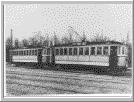
 ->
->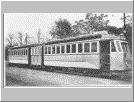


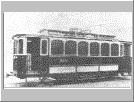 ->
->

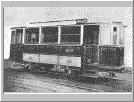 ->
->
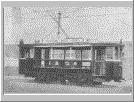 ->
->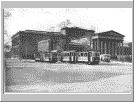
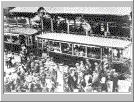 ->
->


